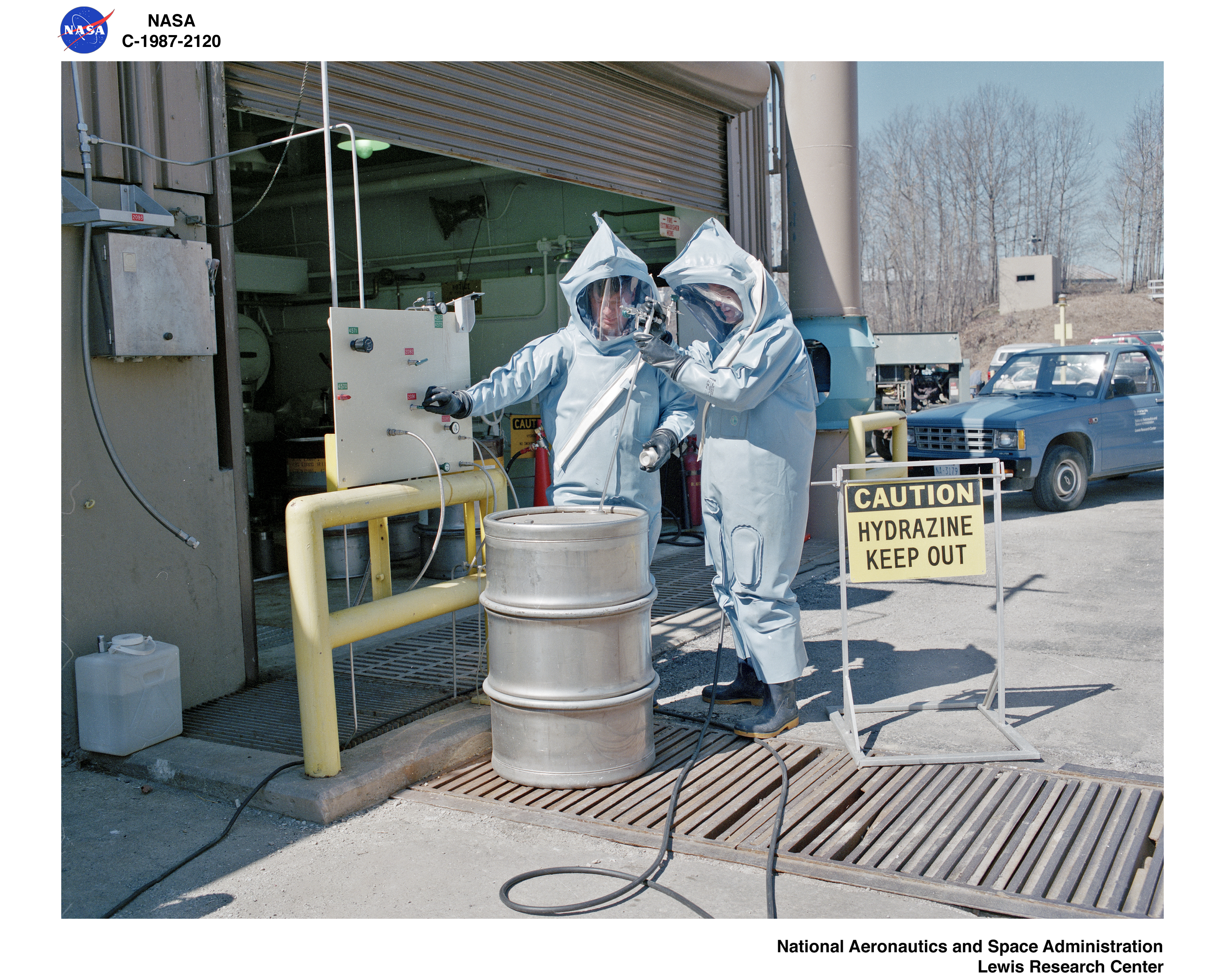I was watching some videos on this explosion - one of the largest man made, non nuclear explosions. I was surprised to see they fired off a line of sounding rockets just like they do for nuclear tests. I thought the sounding rockets were looking for radiation effect, temperatures, etc. What did they hope to learn from a conventional explosion? Here is a short video, there are longer programs made about the project. The rocket trails can be seen on the right during the explosion:
DennisI believe they were used to measure the air blast, for scientists at the UK Atomic Weapons Establishment. There are documents in the UK National Archives, although the contents aren’t available online AFAIK.
Presumably if you want to calculate the yield of nuclear weapons later on, it would be useful to know what size of shock wave you get from a known quantity of conventional explosives.
All the same things except for radiation effect, I imagine.
The smoke trails from the rockets are useful for visualizing the propagation of the shock wave, allowing measurement of its position and speed (and therefore strength). The leading edge of the shock wave is densified air, with a higher index of refraction than ambient air, and therefore a higher index of refraction, causing it to behave like a lens. You can see that effect pretty clearly in this slow-motion video of an explosive detonation; watch the boundary between mountain and sky. That lensing effect is hard to spot against a background of low-contrast, so the problem is solved by creating a bunch of vertical white lines by launching smoky rockets.
Here’s a good video explaining how such rockets were used in nuke tests.
That’s interesting as I always thought they carried telemetry. To measure shock waves in small tests we smoked surfaces to create a carbon film. The shock waves would create a neat diamond pattern.
Dennis
That works best when your smoked surface is of a modest size and when your shock wave is similarly modest, e.g. a rifle bullet passing by. Not so good for large-scale detonations.
Right, these tests were actually inside tubes with an internal detonation of hydrazine. The initial explosion produced a small cell of high pressure expanding until it could not expand any more. This in turn triggered the next explosive cell which started at the high pressure of the first one. Things cascaded with each cell multiplying the pressure by ten times (I think) until the tiny tube of hydrazine (less then 1/4" ID) produced enough pressure to blow the whole thing up.
Here are a couple of my co-workers (Fred and Bob) working on the hydrazine program at Lewis’ Rocket Engine Test Facility. Note the reinforced concrete “blockhouse” on the hill where we observed the tests. 10" thick bulletproof glass, steel liner on the room and it was slightly pressurized to prevent hazardous gases from getting in.
Dennis
